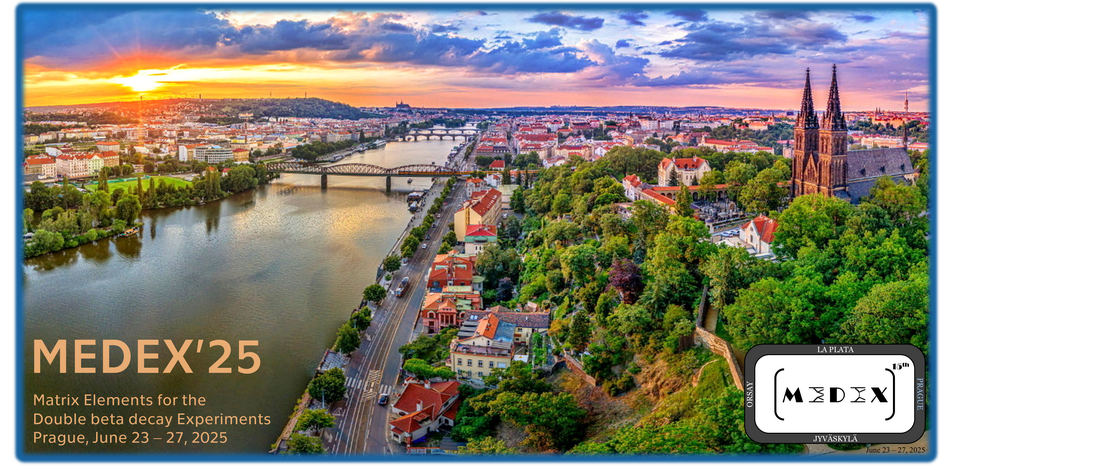Speaker
Description
The SuperNEMO Experiment has entered its physics data-taking phase as of April 2025, becoming the only operational double beta decay detector capable of full topological event reconstruction via the tracker-calorimeter design. This topology-driven approach provides powerful discrimination of signal and background, and is uniquely suited to explore a wide range of BSM scenarios. The detector, located at the Laboratoire Souterrain de Modane (LSM) in France,uses 6.11 kg of enriched $^{82}$Se as its double beta decay source.
We present the first simulation-based sensitivity estimates using the newly developed tracking algorithm and an updated analysis framework, targeting both the neutrinoless double beta decay mode and other exotic decays such as Majoron-emitting decays and the right-handed currents. The extended analysis takes advantage of SuperNEMO’s capability to measure not only the total electron energy but also single-electron energies and angular correlations. These results represent an important step toward quantifying SuperNEMO’s sensitivity to a broad range of double beta decay processes.

